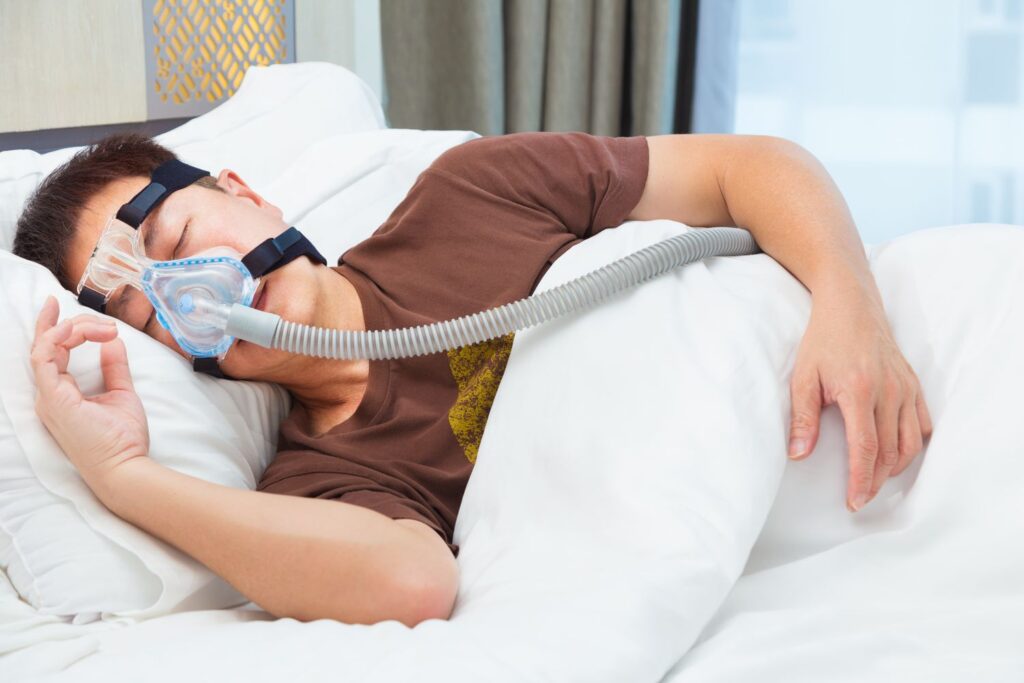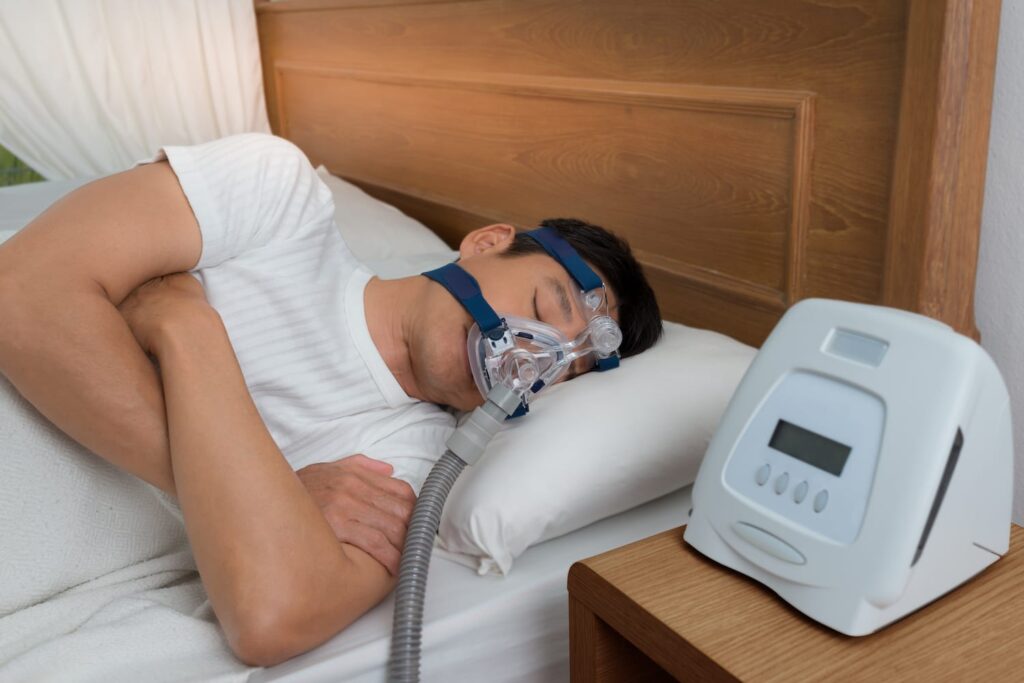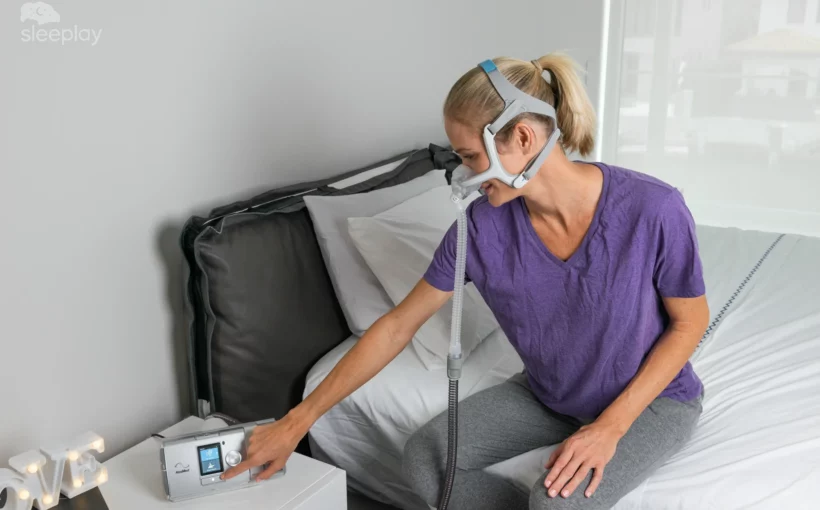Choosing the right Continuous Positive Airway Pressure (CPAP) machine is essential for individuals suffering from sleep apnea. With numerous options available on the market, it can be overwhelming to determine which device best suits one’s needs. This article aims to guide readers through the selection process, highlighting key factors to consider when choosing a CPAP machine.
Understanding Sleep Apnea
Sleep apnea is a serious sleep disorder characterised by repeated interruptions in breathing during sleep. These interruptions can last from a few seconds to minutes and may occur several times an hour. The most common type, obstructive sleep apnea (OSA), occurs when the muscles at the back of the throat relax excessively, leading to a blockage of the airway.
Investing time in selecting the best CPAP machine can lead to significant improvements in sleep quality, daytime alertness, and overall well-being. With the right support and equipment, managing sleep apnea can become a more manageable and less daunting task.
Symptoms of sleep apnea include loud snoring, gasping for air during sleep, excessive daytime sleepiness, and difficulty concentrating. If left untreated, sleep apnea can lead to severe health complications, including cardiovascular issues, diabetes, and stroke.
There are several risk factors associated with sleep apnea, including obesity, age, and a family history of the disorder. Individuals with a higher body mass index (BMI) are particularly susceptible, as excess weight can contribute to the narrowing of the airway. Additionally, men are more likely to be diagnosed with sleep apnea than women, although the risk for women increases after menopause. Lifestyle choices, such as smoking and alcohol consumption, can also exacerbate the condition, making it essential for individuals to be aware of their habits and seek medical advice if they suspect they may be affected.
Diagnosis of sleep apnea typically involves a thorough medical history, a physical examination, and possibly a sleep study, known as polysomnography. This study monitors various body functions during sleep, including brain activity, eye movement, heart rate, and oxygen levels. Once diagnosed, treatment options may range from lifestyle changes and the use of continuous positive airway pressure (CPAP) machines to surgical interventions in more severe cases. Understanding and addressing sleep apnea is crucial, as effective management can significantly improve quality of life and reduce the risk of associated health problems.

What is a CPAP Machine?
A CPAP machine is a device designed to provide a steady stream of air to keep the airways open during sleep. This continuous airflow prevents the throat muscles from collapsing and obstructing the airway, allowing for uninterrupted breathing. CPAP therapy is considered the gold standard for treating moderate to severe obstructive sleep apnea. Read more about severe on https://www.graduateprogram.org/blog/what-is-a-special-education-msd-degree-moderate-and-severe-disabilities/
These machines come with various features and options, making it crucial for users to select the one that aligns with their specific needs and preferences.
Key Factors to Consider When Choosing a CPAP Machine
1. Type of CPAP Machine
There are different types of CPAP machines available, including standard CPAP, Auto CPAP (APAP), and BiPAP machines. A standard CPAP machine delivers a constant pressure throughout the night, while an Auto CPAP adjusts the pressure automatically based on the user’s needs. BiPAP machines offer two pressure settings: one for inhalation and another for exhalation, making them suitable for individuals who find it difficult to exhale against a continuous pressure.
Understanding the differences between these types is crucial in selecting the right machine. For instance, those with varying pressure needs may benefit from an Auto CPAP, while individuals with specific respiratory issues might prefer a BiPAP machine.
2. Pressure Settings
The pressure settings of a CPAP machine are vital for effective treatment. A sleep study typically determines the optimal pressure required for the user. Most machines allow for adjustments to be made, ensuring comfort and efficacy. It is essential to consult with a healthcare provider to ascertain the appropriate pressure settings.
Some machines also feature ramp settings, which gradually increase the pressure over a set period, allowing users to fall asleep more comfortably. This feature can be particularly beneficial for those who feel overwhelmed by the immediate airflow at a higher pressure. Click here to find more about pressure.
3. Comfort Features
Comfort is paramount when using a CPAP machine, as it can significantly impact adherence to therapy. Look for machines that offer features such as humidifiers, which add moisture to the air, reducing dryness and irritation in the airways. Heated tubing is another feature that can enhance comfort by maintaining optimal temperature and humidity levels.
Additionally, consider the noise level of the machine. A quieter device can contribute to a more restful sleep environment, both for the user and their partner.
Mask Types and Fit
The mask is a crucial component of the CPAP system, and choosing the right type and fit is essential for effective therapy. There are several mask styles available, including nasal masks, full-face masks, and nasal pillows.

Nasal Masks
Nasal masks cover the nose and are suitable for individuals who breathe primarily through their nose. They provide a good seal and are less obtrusive than full-face masks. However, they may not be ideal for those who breathe through their mouth during sleep.
Full-Face Masks
Full-face masks cover both the nose and mouth, making them ideal for individuals who tend to breathe through their mouth or those with nasal congestion. While they offer a secure fit, some users may find them bulkier and less comfortable compared to nasal masks.
Nasal Pillows
Nasal pillows are small, cushioned inserts that fit directly into the nostrils. They are lightweight and provide a minimalistic option for users who prefer less coverage. However, they may not be suitable for everyone, particularly those who require higher pressure settings.
Regardless of the mask type chosen, ensuring a proper fit is essential. Masks that are too loose can lead to air leaks, while those that are too tight can cause discomfort and skin irritation. Many manufacturers offer different sizes and adjustable features to help achieve the best fit.
Portability and Ease of Use
For individuals who travel frequently or prefer to use their CPAP machine away from home, portability is an important factor. Many modern CPAP machines are designed to be compact and lightweight, making them easy to transport.
Additionally, consider the ease of use and setup. Some machines come with intuitive controls and user-friendly interfaces, making it simple to adjust settings and monitor usage. Look for machines that include features such as a built-in display, Bluetooth connectivity, or companion apps for tracking therapy progress.
Maintenance and Support
Proper maintenance of a CPAP machine is crucial for ensuring its longevity and effectiveness. Regular cleaning of the mask, tubing, and water chamber is necessary to prevent the buildup of bacteria and mould. Many manufacturers provide guidelines for cleaning and maintenance, which should be followed diligently.
Support is another essential aspect to consider. Look for brands that offer customer service and technical support, as well as resources for troubleshooting common issues. Having access to knowledgeable support can make a significant difference in the overall experience of using a CPAP machine.
Cost and Insurance Coverage
The cost of CPAP machines can vary significantly based on the features and technology offered. While it may be tempting to opt for the cheapest option available, investing in a quality machine that meets specific needs is crucial for effective treatment.
Many insurance plans cover CPAP therapy, but coverage can differ widely. It is advisable to check with the insurance provider to understand what is covered and any associated costs. Some manufacturers also offer financing options or payment plans, making it easier to manage expenses.
Consulting with Healthcare Professionals
Before making a decision, it is essential to consult with a healthcare professional. They can provide valuable insights and recommendations based on individual health needs and preferences. A sleep specialist can conduct a sleep study to determine the severity of sleep apnea and recommend the most appropriate CPAP machine and settings.
Additionally, healthcare providers can assist in troubleshooting any issues that arise during therapy, ensuring that users receive the best possible care and support.
Conclusion
Choosing the best CPAP machine for sleep apnea needs involves careful consideration of various factors, including the type of machine, pressure settings, comfort features, and mask types. By understanding individual requirements and consulting with healthcare professionals, users can find a device that enhances their quality of sleep and overall health.
Read about cpap mask at: CPAP Masks

